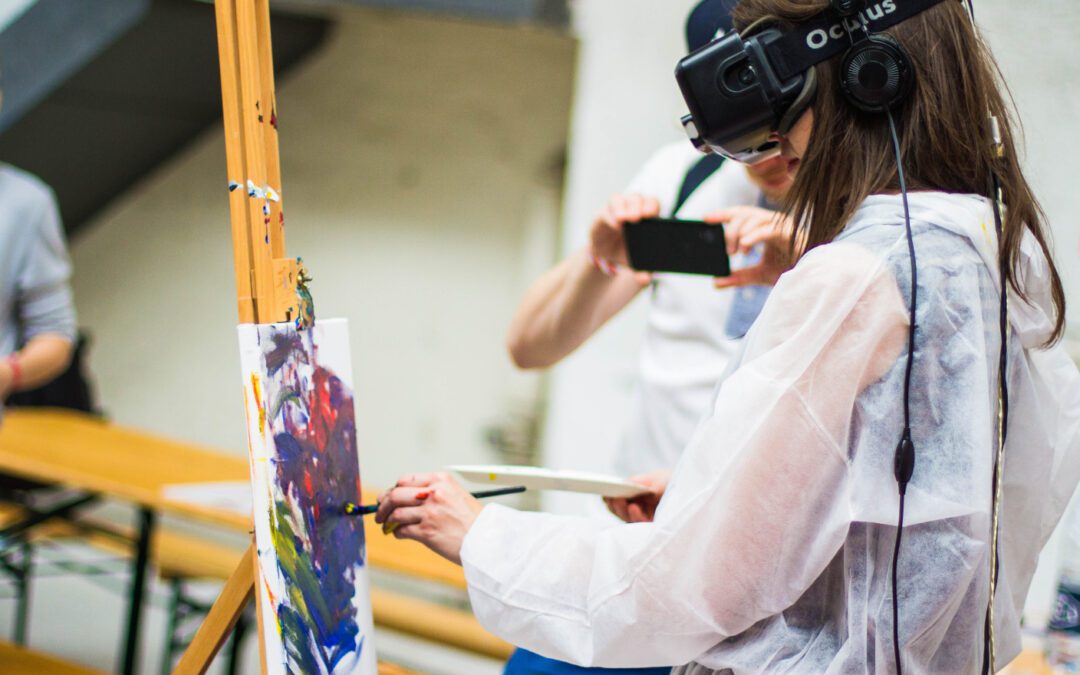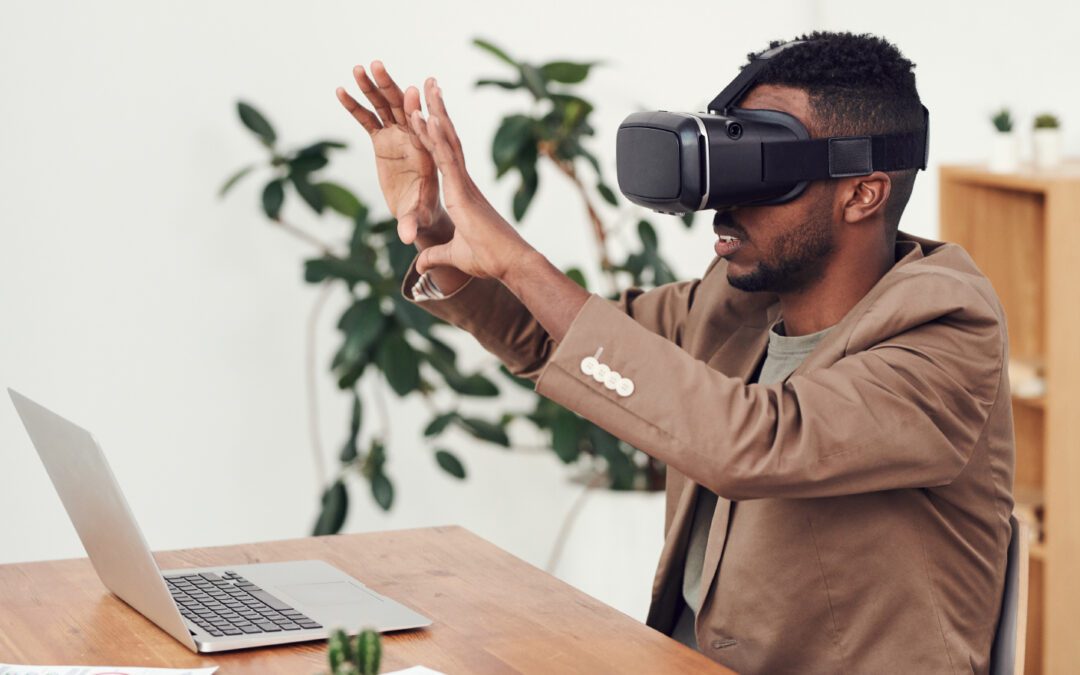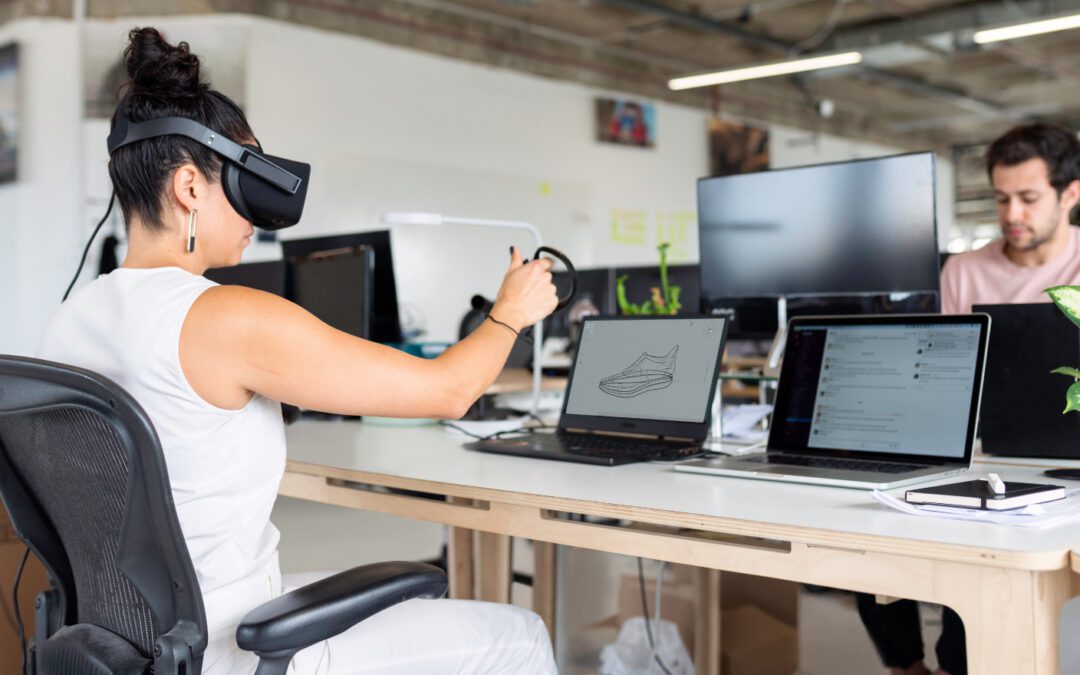Learn From An Experienced Team That Analyze Customer Insights To Help Make Result Driven Brands.

Augmented reality (AR) is a technology that overlays digital information onto the real world, creating an immersive and interactive experience. While many people associate AR with gaming or entertainment, its potential applications in healthcare and medicine are vast and transformative.
In recent years, healthcare providers and researchers have been exploring the use of AR in various medical fields, from surgery and rehabilitation to education and training. The impact of AR on healthcare has been significant, offering new ways to diagnose, treat, and manage various health conditions.
One of the most significant benefits of AR in healthcare is its ability to visualize complex medical information in real-time. For example, AR can be used to create 3D models of organs, bones, and other body parts, providing physicians with a better understanding of a patient’s condition. This can help with diagnoses, surgical planning, and even patient education.
AR can also be used during surgery to guide the surgeon’s movements and provide them with real-time information about the patient’s anatomy. This can lead to more accurate and efficient surgeries, reducing the risk of complications and improving patient outcomes.
Another area where AR is making an impact is in rehabilitation. AR technology can be used to create immersive environments that simulate real-world situations, such as a crowded street or a grocery store. This can help patients with physical or cognitive disabilities to practice daily living skills in a safe and controlled environment, improving their independence and quality of life.
While the benefits of AR in healthcare are clear, there are also some challenges to overcome. One of the biggest challenges is the cost and accessibility of the technology. AR devices can be expensive, and not all healthcare providers may have access to them. Additionally, there may be concerns around data privacy and security, as AR technology relies on collecting and processing large amounts of data.
Despite these challenges, the potential for AR in healthcare is immense. As technology continues to advance, we can expect to see even more innovative applications of AR in medical fields. For example, AR could be used to create personalized treatment plans based on a patient’s individual health data, or to develop new therapies and drugs by visualizing how they interact with the body.
In conclusion, augmented reality is revolutionizing the healthcare industry by bringing new levels of efficiency and accuracy to diagnoses and treatments. While there are challenges to overcome, the potential for AR in healthcare is vast, and we can expect to see even more innovative applications of this technology in the years to come.




